This blog is based on one of my youtube episodes which you can watch here: Bamburgh Castle, Anglo Saxons and Lord of the Rings, I’ll take you through the structure of Bamburgh Castle, what it might have looked like as a capital city and a fortress during the Anglo-Saxon period.
The first location of note is St Oswald’s Gate. The gate leads from the grounds of the castle, out onto some winding steps which take you down to the green at the foot of Bamburgh Castle, on the inland side. This would have been the Anglo-Saxon entrance to Bamburgh. The original steps, carved into the rocks, were replaced in the 17th century.
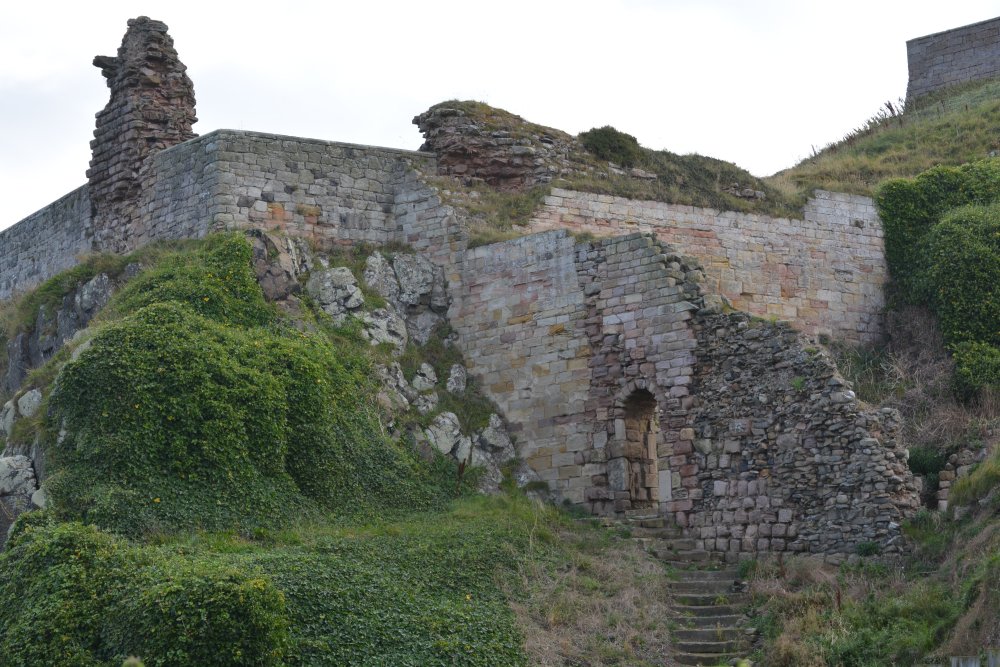
As you climb the steps into the fortress, on the right-hand side is a Victorian windmill, built by Lord Armstrong to allow the locals to mill their grain locally rather than have to travel long distances. In the past, there would have been a watch tower on the location to provide sight over the entrance to Bamburgh Castle. Anyone approaching the castle would have been seen from a great distance, providing great defence for the ancient fortress.
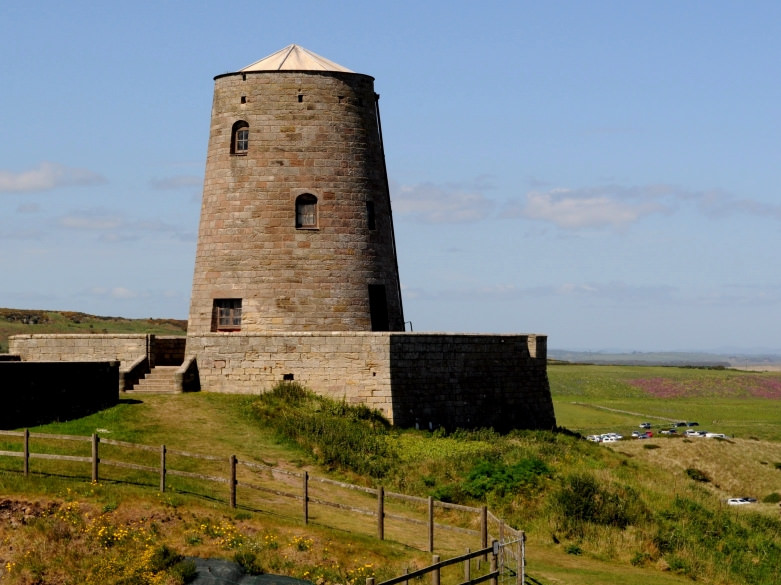
Looking out towards the North Sea, Bamburgh Castle is situated right in the sand dunes, but back in the Anglo-Saxon times, the sea would have come right up to the base of the cliff face below the castle. Today’s sand dunes are a result of the movement of sand in the 16th century the years to create the sand dune slope we see today. This meant that the castle was safe from attack from the eastern side because of the proximity of the sea.
Walking into the industrial zone of Bamburgh Castle. There would have been a large number of structures in this area including – according to the archaeological digs that have taken place – a large blacksmiths, a copper and bronze working site and a mint standing alongside them. That meant there were a lot of things being produced at the site to provide goods for the Anglo-Saxon kings.
The Anglo-Saxon Buildings
The buildings within the castle grounds would have been small, wooden-built, single-storey buildings with wood shingles or thatched roofs.
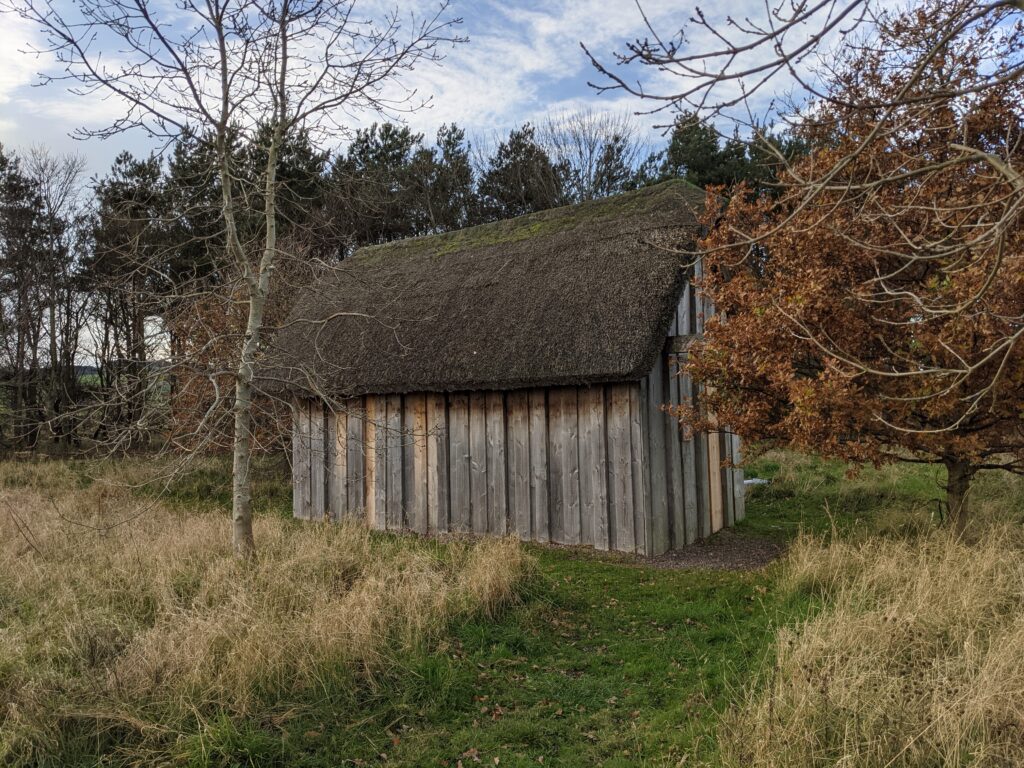
Any village needed a core of around 80-90 people just to survive. They would need that many people for fetching water, cutting firewood, tending crops. A royal palace would have had hundreds of people living in the grounds. It is believed that almost all of the structures in the Bamburgh Castle Industrial zone would have been work structures. Everything needed by the city of Bamburgh would have been housed in this industrial zone – there was even a butchery department found during excavations of the area.
The current ground level in this area is much higher than it was in pre-Norman times. To reach the levels there would have been around 1066, the ground would have to be taken down around 4-5 feet in depth. The current level was achieved by an infill of sand which has come in since the castle walls were built.
Lord of the Rings
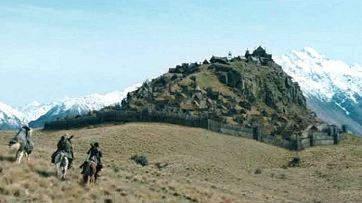
The best way to imagine the site in Anglo-Saxon times is to watch Peter Jackson’s Lord of the Rings trilogy. During the second part of the trilogy, the Riders of Rohan arrive at the home of King Théoden in Edoras. There is a large palace on the top of the hill with dwellings surrounding it, all the way down the hill and a road running up to the palace. It is almost as if Jackson was inspired by what Bamburgh would have looked like when he designed that set.
Tolkin and Jackson in turn were heavily influenced by the Anglo-Saxons for the design of the Rohirrim .
Through the Neville Tower and into the main castle location, it’s easy to imagine how large Bamburgh was as a dark age / early medieval fortress. Hundreds of people would have lived within its walls to keep the fortress alive on a daily basis. There would be cooks, craftspeople of high and low status in addition to the people of Bamburgh, the King’s personal bodyguards and the soldiers who would fight for the King.
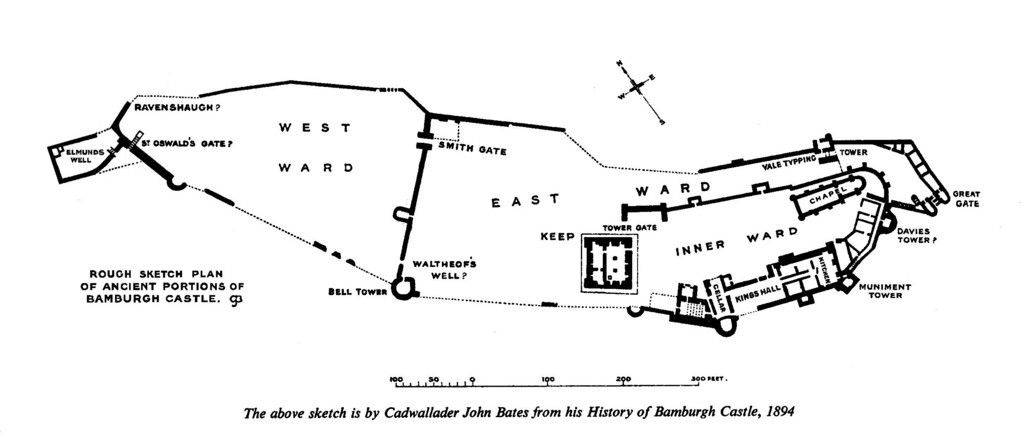
Inside the modern-day keep is a well. We know from the writings of Simeon of Durham, that a well was carved, down through the solid rock and through the Whinstone to reach a water supply for the fortress.
There would also have been a grand feasting hall – similar to the hall seen in Lord of The Rings, The Two Towers which was used by the Riders of Rohan. The Kings of Northumbria would have gathered in this hall to feast and hold court over their people here in the in North East of England.
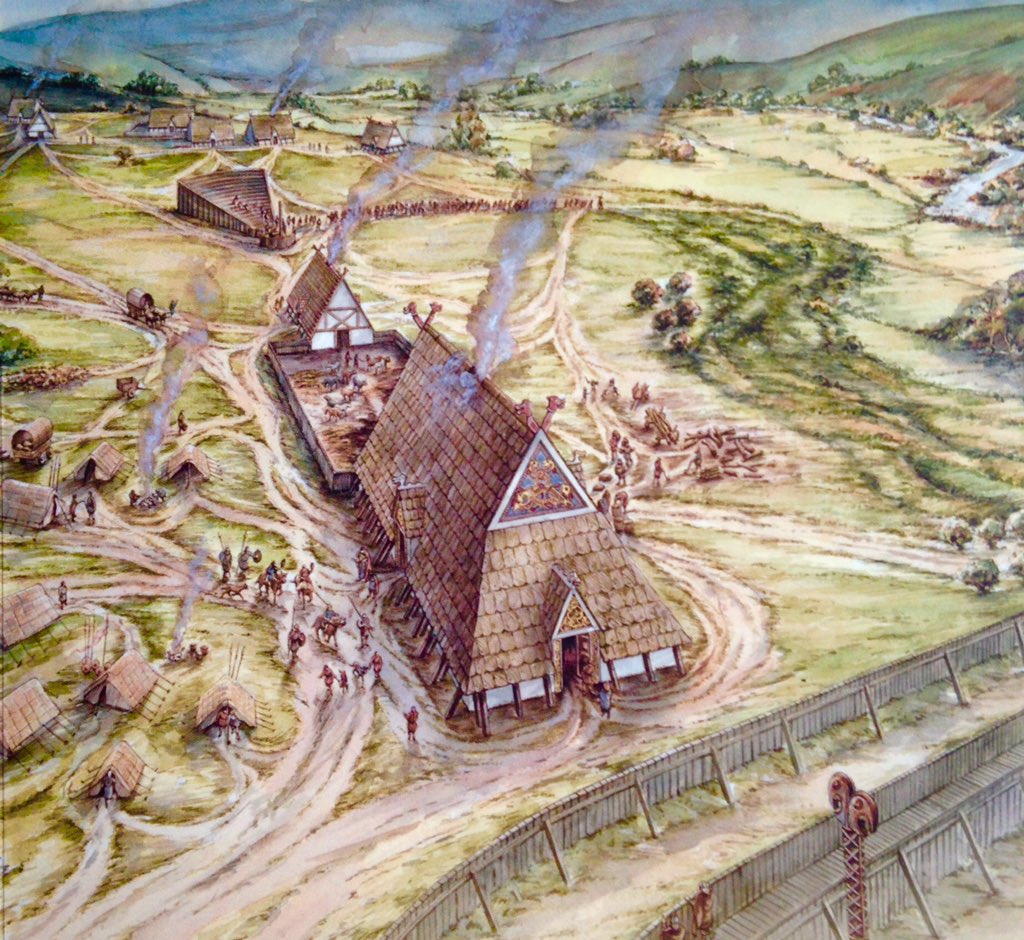
Finally, there is the Church of St Peter, where St Oswald’s relics – his arm was housed after his death.
So Bamburgh was a hive of activity as the capital city but also as a place of industry, construction and as a place of worship.


